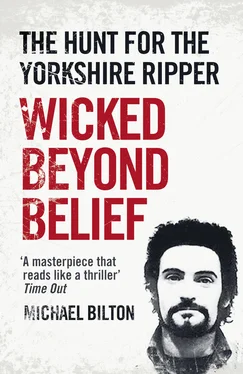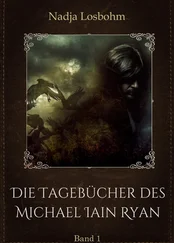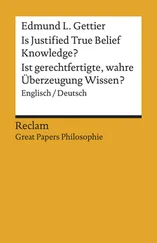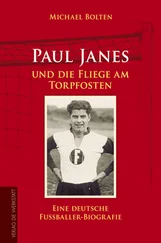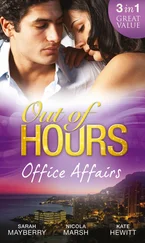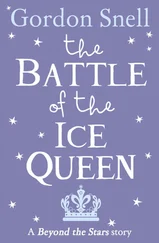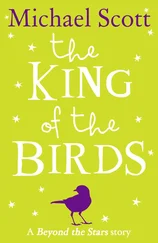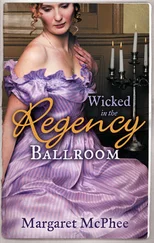Tracey was rushed to Chapel Allerton Hospital in Leeds for emergency neurosurgery. She had a fractured skull. Doctors removed a sliver of bone from her brain. She remained in hospital for a week, and later recalled the moment the bandages were removed. Nurses gave her a mirror and told her to take her time. When she looked at herself she saw the truly shocking extent of the injuries to her face. Her eyes were blackened and she had extensive bruising. ‘I never expected it to be so bad,’ she said much later. She stayed off school for six weeks and wore a wig over her shaven head. For the next two years she had brain scans, and drugs to prevent seizures.
The victim had survived the assault and was able to give an excellent description of her attacker. It therefore seems extraordinary that Sutcliffe remained at large. The accuracy of Tracey Browne’s description and photofit was confirmed by another witness who provided police with details, and a photofit, of a dark-haired man with a beard and moustache seen in the neighbourhood. But while Tracey’s photofit description of her attacker appeared briefly in the local press, the one provided by the other witness was never shown publicly. In some ways, it was even more accurate. The man had been seen standing near a ‘white’ Ford car, and Sutcliffe was at that time apparently the owner of a lime green Ford Capri. While searching the area, police found a distinctive ‘hippy’-style bracelet with wooden beads, and a paper handkerchief, which the attacker was thought to have used to blow his nose on.
Taking charge of the case was Detective Superintendent Jim Hobson, who had spent almost all of his career in the Leeds City force as a detective, working frequently with Dennis Hoban from the days when they were constables in uniform. Indeed, he was godfather to Hoban’s son, Richard. At first it was suspected that Tracey’s head had been smashed with a large stick. Later, after a more thorough forensic analysis, a claw hammer was thought to have been used. Through the local press, Superintendent Hobson appealed for anyone who had been in Silsden between 10.15 and 11.15 on the night of the attack to come forward. He was fairly confident, because of the lateness of the hour, that the attacker was a local man. But one particular thing puzzled the police. The man had told Tracey he was living at ‘Holroyd House’. They wanted the help of the public in finding Holroyd House.
Since ‘Holroyd’ is a common enough West Yorkshire surname, dating back to the early fourteenth century, it could be expected that there are any number of places called Holroyd House. In fact, there were very few. Almost certainly the nearest was a 200-year-old house at Micklethwaite, on the outskirts of Bingley, the town which had been Sutcliffe’s home until he married and moved in with his parents-in-law at Clayton, near Bradford. Holroyd House stood adjacent to Holroyd Mill, built in 1812, which for generations had manufactured fustian, a coarse twilled cotton fabric with a nap, like velveteen. Jim Hobson’s early instincts were right: the attacker of Tracey Browne was probably a local man.
Two weeks after the attack, Tracey, wearing a wig and accompanied by a woman detective, made a tour of pubs and discos in the Silsden and Streeton area of Keighley, looking for the man who had tried to kill her. The search proved fruitless. (It appears that Sutcliffe immediately left with his new wife, Sonia, for a holiday visit to Prague with his parents-in-law to visit relatives, stopping off in Rome on the way.)
In recent weeks there had in fact been two other assaults on West Yorkshire women who suffered severe injuries which left crescent-shaped wounds to their skulls, but neither of these was linked with Tracey Browne’s attempted murder. The first was on a thirty-seven-year-old woman, Anna Rogulskyj, in an alleyway in Keighley. Five weeks previously she had been attacked from behind with a hammer and left on the ground suffering head injuries and a number of superficial slash wounds across her body. And on Friday, 15 August 1975, an office cleaner, living at Boothtown, Halifax, received two depressed fractures of the skull, one on the midline at the top of the head, the second at the back. Mrs Olive Smelt, aged forty-five, said she had before the assault been talking to a man aged about thirty, slightly built, dark haired and with a beard or some hair growth on his face. She did not think there was anything unusual about his accent, which again indicated that he was probably a ‘local’ man. One other feature of the attack became clearly visible when Mrs Smelt was examined in hospital. There were two abrasions on her back. One, twelve inches long, ran upwards from the small of her back; the other, four inches long, ran backwards on the right side.
Dr Michael Green, a Home Office pathologist based at St James’s University Hospital in Leeds who examined both women’s injuries, came to a startling conclusion: ‘It might be interesting to look again at the case of Mrs Rogulskyj, who was assaulted on 5 July, and compare the photograph of a wound on the abdomen with a wound on the back of Mrs Smelt,’ he wrote in his report to the police. Unfortunately, it would take two years for the attacks on Rogulskyj and Smelt to be linked to the murder series by the Ripper Squad.
Yet further assaults, by virtue of their modus operandi very similar to those already described, were also excluded from any series. An eighteen-year-old shop assistant was followed down the side of a field at 6.30 p.m. at Queensbury, Bradford, early in 1976. Her assailant then lunged at her from the rear, causing serious head injuries. He was twenty-five to thirty years old, of slim build, between five feet nine or ten inches tall, and with dark hair and moustache, dressed in dark jeans and a green jacket. Seven and a half months later, in August 1976 at Lister Hills in Bradford, a twenty-nine-year-old housewife was set upon during the early hours. Unable to provide any description of the person who assaulted her, she had stab-like wounds to her abdomen and injuries to her head.
In neither of these assaults was a photofit available. But a savage attack on an intellectually challenged West Indian woman in Leeds in the early summer of 1976 produced a description and photofit that perfectly matched the one provided in the Tracey Browne case at Keighley ten months previously. Yet these attempted murders were never linked, primarily because detectives in the Leeds case believed the victim misled them.
Marcella Claxton was a twenty-year-old native of the Caribbean island of St Kitts, who had come to Britain with her mother at the age of ten. She had had a hard upbringing at the hands of her father, and bore the physical and emotional scars to prove it. Educationally she was officially graded as subnormal, with an IQ of 50. However, this doesn’t square with the opinions of those who know her well and say it gives a misleading impression. While Marcella had always had a problem expressing herself, she eventually became a good mother to her children.
In 1976 she was unemployed and living in Chapeltown, the run-down quarter of Leeds that had once been a favourite residence of the city’s prosperous, and not so wealthy, Jewish community. They lived in large late-Victorian and Edwardian terraced houses, originally the homes of respectable working and middle classes, many of which were later subdivided into flats. It became the second largest Jewish community outside London. Some 12,000 of the city’s 20,000 Jewish population lived in Chapeltown until the 1930s, when the majority began moving out to the newer, more desirable suburbs of Moortown, Roundhay and Alwoodley, leaving behind them, as J. B. Priestley put it in the 1950s, ‘traces of that restless glitter which is the gift of the Jew’. In their wake came other immigrants – Latvians and a sizeable community of Poles who opted to stay in Britain after the war, who established their own Polish Catholic Church in Chapeltown, and then West Indians and Asians. By the 1970s, however, the area was termed by the media ‘a Mecca of Vice’ or ‘a red light suburb’. The sizeable influx of immigrants from the Caribbean led the Yorkshire Evening Post in 1973 to describe it as ‘The Colony Within’. Chapeltown was ‘the melting pot for immigrants from many lands, for many years’.
Читать дальше
